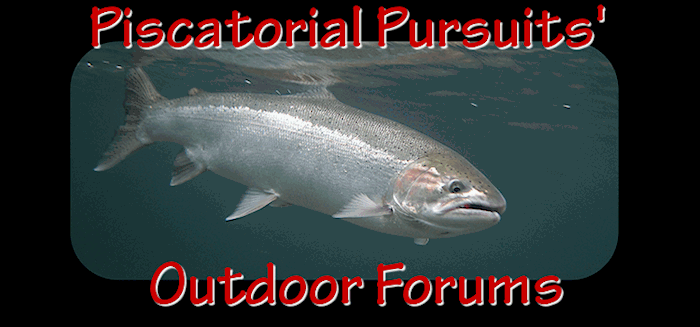It's usually harder to get them in low, clear water, but I really like fishing those conditions. Not the least of my reasons for liking low water is that a lot of the types of gear that typically "kills" the fish at higher flows stops working, which drives a lot of anglers off the river. For sure, even a wary fish in low water will bite better than one that has been pounded all day with everything but the kitchen sink, so less crowding is a great start, in mind.
There are a lot of conventions about low water fishing (smaller offerings, duller colors, lighter leaders, go home after sunrise and don't come back til' almost sunset, etc.) that provide a decent place to start, but remember that there are no absolutes. I've caught fish on big, bright stuff, on sunny days, in low water on occasion. The thing that brings it all together, in my experience, is figuring out where the fish will be holding and how you can make good presentations in those spots.
Steelhead seem to act a lot more like the trout they are in low water. Instead of steadily moving upstream, like they usually do at higher flows, they tend to move much more slowly, seeking out holding lies that provide them the best measure of cover and/or camouflage possible, much like a resident trout that is not actively feeding. Think pockets behind large, submerged rocks (your nymphing techniques can be deadly in those spots), deeper, woody spots, and the top and bottom sections of riffles. The classic runs we prefer for swinging can be good in low light, but for the most part, they don't hold much when the sun is high in the sky, unless they're especially deep or well-shaded.
It can be tough, but focus on your strengths. When you start wishing there was more water, remind yourself how much more crappy it would be to be stuck at home, wishing the river wasn't full of mud and debris.













 Previous Topic
Previous Topic Index
Index


